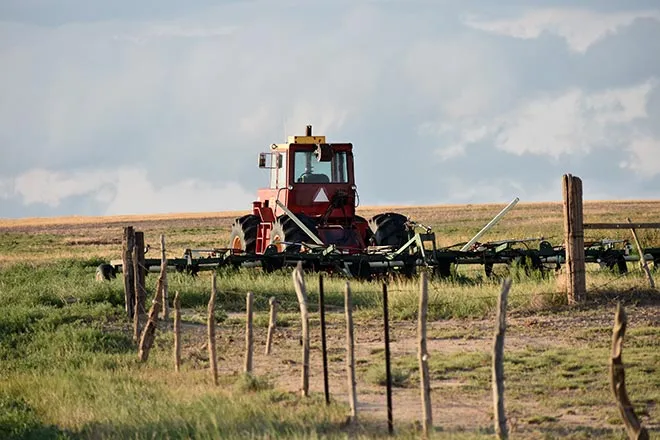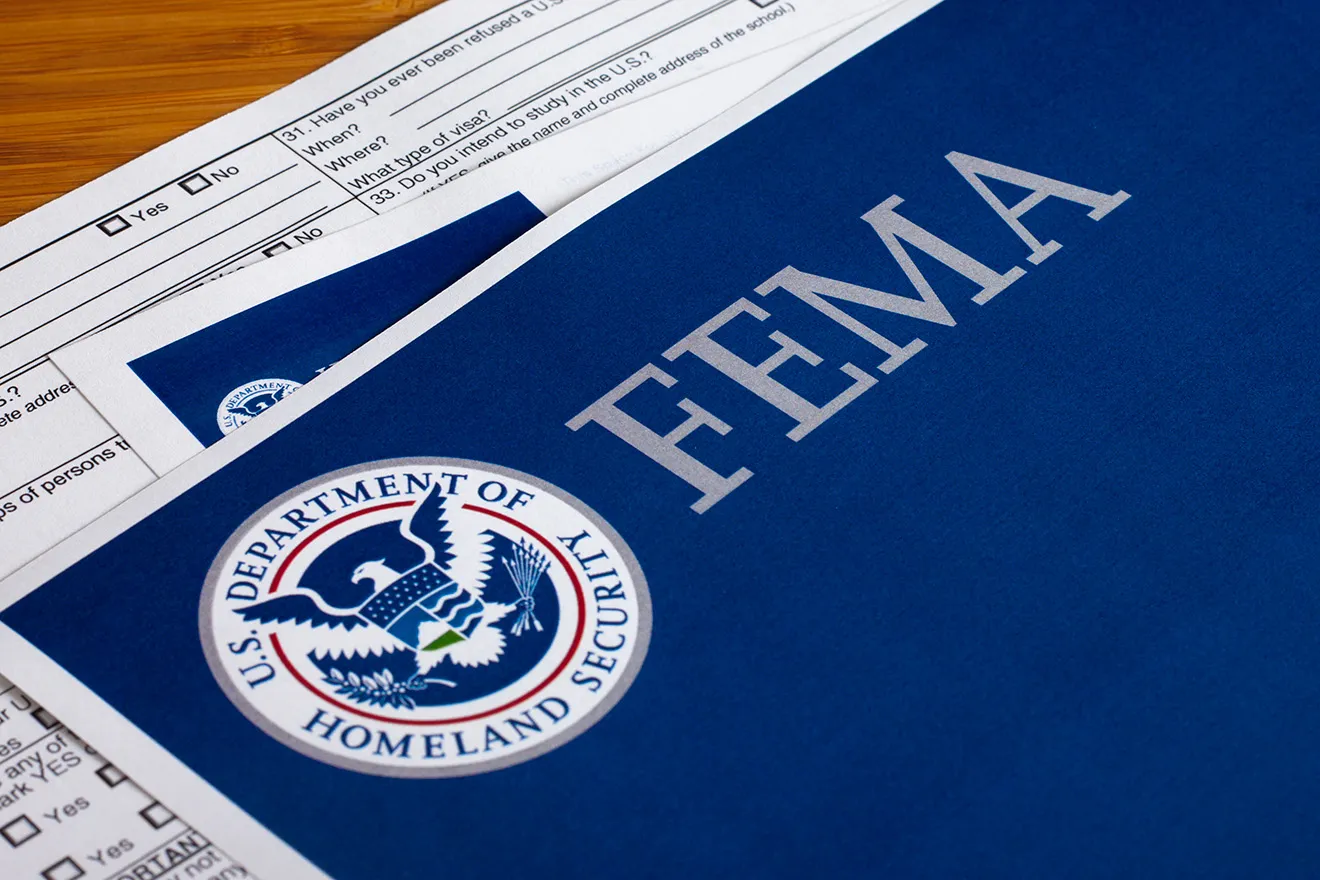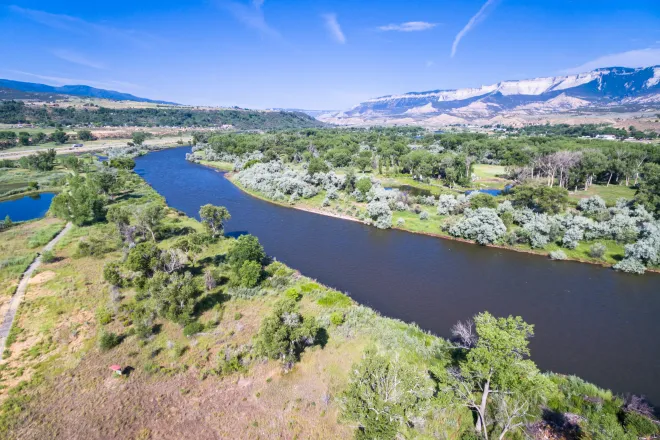
5 steps farmers should complete after spring planting
Now that you’ve put your spring crops in the ground, it’s time to think about next steps on your farm.
Your USDA team understands that the real work continues after planting. We know the rest of spring and summer will be spent scouting crops, irrigating or waiting for timely rains for your dryland fields, and monitoring weed and insect pressure.
Before you get too busy, here are five things to keep in mind after planting:
1. Complete Crop Acreage Reports
Crop acreage reporting deadlines vary by crop and by county so be sure to contact your local Farm Service Agency office for a list of county-specific deadlines. Our county offices are currently open to phone and virtual appointments but can still work with you for timely filing of your crop acreage reports. Your local FSA office has several options when it comes to sending you maps and receiving your signed acreage reports. Contact your local office for details.
To file a crop acreage report, you need:
- An FSA map of your farm or ranch and your tract and field numbers
- The intended use of your crops
- The number of acres of crops you are reporting
- Approximate crop boundaries, planting patterns and dates, irrigation practices, and producer shares
Acreage reports for approved crops are electronically shared between FSA and the Risk Management Agency, which eliminates the need for duplicating the same reporting information. However, you must still contact both FSA and your crop insurance agent to complete program-specific information, validate the common information, complete maps, and sign your acreage reports.
2. Determine Crop Insurance Needs
Farming is a risky business, especially when it comes to weather. Be sure to consider all the risk management tools offered through USDA.
RMA oversees federal crop insurance, which is sold to farmers through Approved Insurance Providers. If you haven’t had a chance to think through your crop insurance needs and coverage levels, be sure to contact your crop insurance agent.
Insurance coverage is also available through FSA for noninsurable crops.
3. Complete 2020 ARC/PLC Enrollment
The Agriculture Risk Coverage and Price Loss Coverage programs provide farmers with financial protections from substantial drops in crop prices or revenues and are vital economic safety nets.
The deadline to enroll in ARC or PLC for the 2020 crop year is June 30, 2020, and producers can make their one-time update to PLC payment yields by September 30.
Call your local FSA office for an appointment to ensure enrollment contracts are signed before the deadline. FSA will send contracts for signature via mail or email depending on your preference.
4. Revisit Nutrient Management
The Natural Resources Conservation Service can help you implement nutrient management practices on your farm through the Environmental Quality Incentives Program. EQIP contracts provide financial assistance implement many conservation practices.
NRCS can work with you to determine the proper timing and placement of nutrients to increase soil fertility on your farm. One component of nutrient management is calibrating your sprayers and spreaders after spring planting.
5. Review EQIP and CSP Contracts
If you have EQIP and Conservation Stewardship Program contracts through NRCS, be sure to review those contracts to make sure practice implementation is on track. Reviewing your conservation plans and program contracts will ensure you’re prepared when it comes time to put your plans into action. Be sure to consult with your NRCS field office if you have any questions.
















